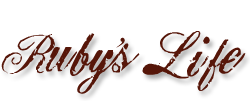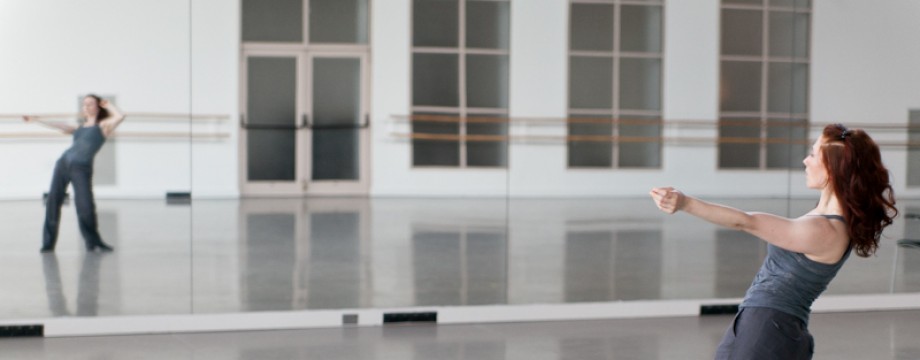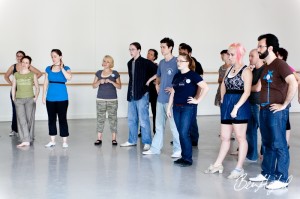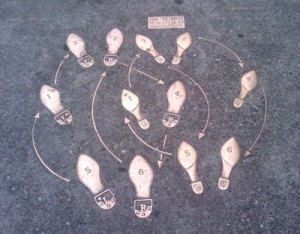I’ve been noticing some students who seem addicted to taking notes in dance class, discussing dance online, and in general putting a lot of words to paper about the topic. (Yes, I see the irony in this wordy post… bear with me!) Anyone who is deeply interested in a topic at some point finds themselves engaged in verbal discussion and analysis. It’s natural. But if it’s the primary way you relate to dance, you’re not really dancing.
1. You’re focusing on words, not your body.
I discovered somewhere along the way that the more I focused on the words, the less I focused on my body. Words and ideas are good if you need to conceptualize something. They’re great if you want to teach dance and are studying another teacher’s methods. But words are imperfect representations of ideas and there’s no amount of words I can commit to paper that would accurately describe a fishtail or a swing-out. You have to feel these things and experience them in your body before you can scratch the surface.
2. You’re really not going to use the notes later.
I went through a period where I took notebooks to classes and scribbled furiously in them… drawing footwork patterns and circling important buzzwords. But how many times did I actually go back to those notes and USE them? Did I bring my notes to a practice session to try to review the concepts? Sure, but I can’t hold them while I dance. Did I bring them to a social dance? Certainly not. A glance through my workshop noteboooks is telling; they’re well filled in for the first half of a workshop weekend, and then starting around Sunday morning… blank.
3. It’s a crutch.
Note taking seems like a brilliant solution if you are language-oriented or have an academic background. It’s a way to feel like you’re in control of the material. It’s also a way to stay comfortable in a realm where dancing awkwardly feels terribly uncomfortable. The more time you stay comfortable, the slower your process will go.
Exceptions:
It’s not to say that there’s no place for notes. Certainly writing down, “keep feet flat on floor, rotate pelvis but keep torso facing forward” are useful reminders when you’re learning a fishtail and you want to practice at home. But I see students in classes who have been students in classes for years who are still taking notes. Most of the time, these are not the best dancers. The best dancers are learning with their eyes, with their bodies, and by getting feedback from their partners.
Note taking can be very useful when you’re first learning a concept, or when you’re learning a variation from a visiting instructor and you don’t want to forget an important detail. I’m not knocking it entirely. But I think the more you are in your body in class, the faster you’ll commit the movement to muscle memory.
When I started learning how to play the drums, I would struggle for hours on a single rhythm. I’d try to write it down, I’d do it slowly, I’d do one part of the rhythm with one hand and slowly add my feet back in. But when I finally got that rhythm, I owned it. I can sit down now without any warm-up and bang out the rhythms I own, because they’re *mine* and I don’t have to look at notes.
Challenge:
So, here’s my challenge to you. Change the way you experience learning. If you’re comfortable with notes or you always rely on the video camera after the fact (another way of taking notes), stop. Stop relying on third party technology to do your learning for you. Cut out the middleman. Put your eyes to work and get your body in action. See if you can make it happen in class rather than writing it down and saving it for “later.”
As an extension of that process, stop asking teachers to *talk* about the dance in class. Some teachers are actually terrible at describing how they move. It’s a whole separate skill to break down movement, to describe to people in order how to do something. It’s too easy to get myopic, to focus on the wrong details, to forget to explain the most important parts. Instead, ask your instructors to demonstrate from different angles, slower if possible, and then in real time. Get someone who knows the movement to do it with you. Get your instructors to do what they’re best at… which is dancing, so that you too can actually dance instead of conceptualize about it.





I don’t think specific notes are very helpful, but I’ve found general notes pretty useful for remembering what went on during a particular workshop. It’s really notes about what was taught, rather than how to accomplish what happened.
There are only two times I have ever used notes that I have taken in class.
The first was when I was just starting to Lindy Hop. I made a big flowchart (yes, I am a systems engineer and a huge nerd) of all the different moves and positions that I had learned. It helped me understand how all the motions were connected and how I could put them together in ways not explicitly mentioned in class. Now I can do that in my head, but I needed the drawing at the time.
The other is when I did a month long solo Charleston workshop. There were just so many different moves I needed to reference the summary video so I wouldn’t forget any when I was practicing.